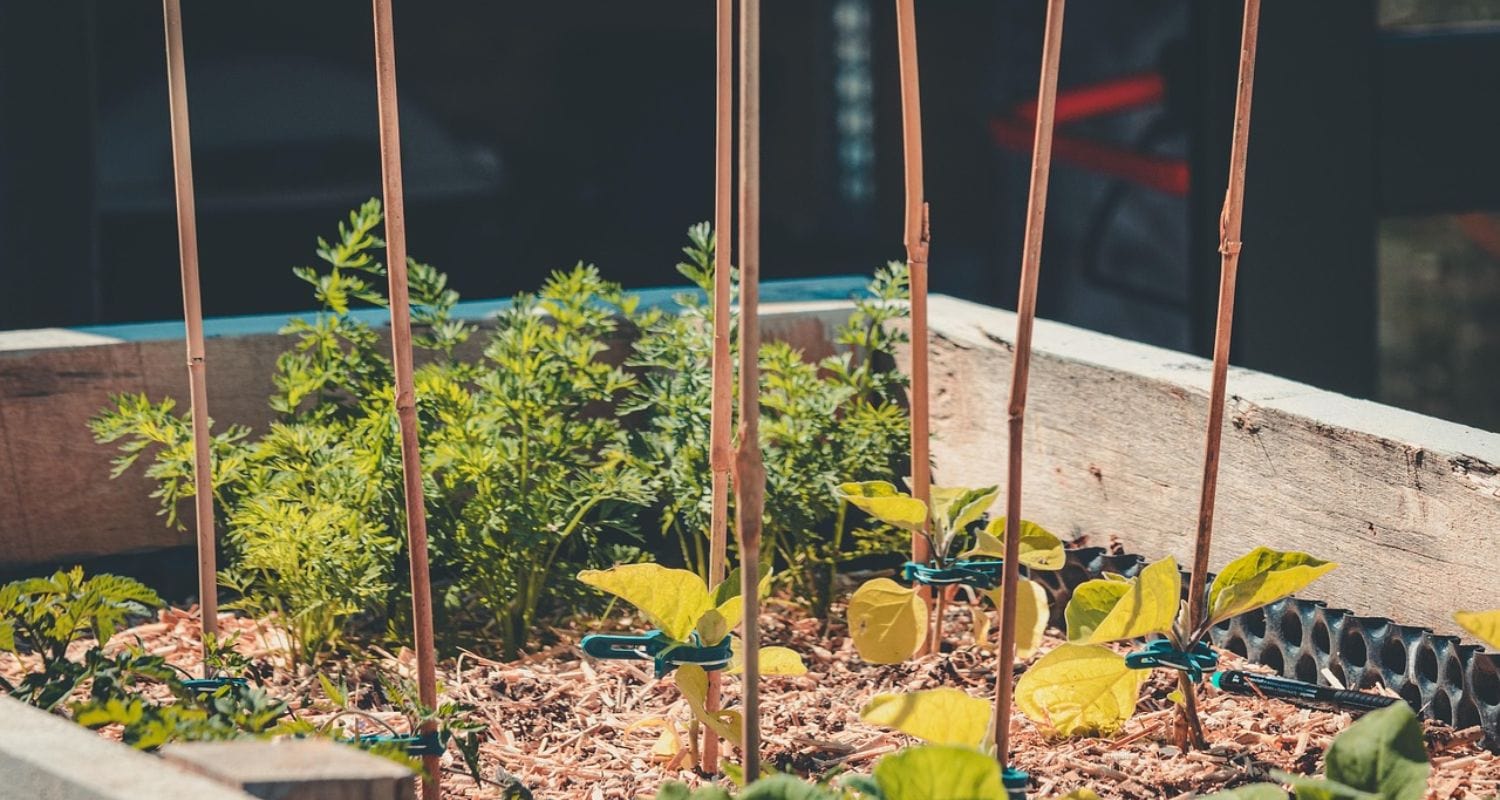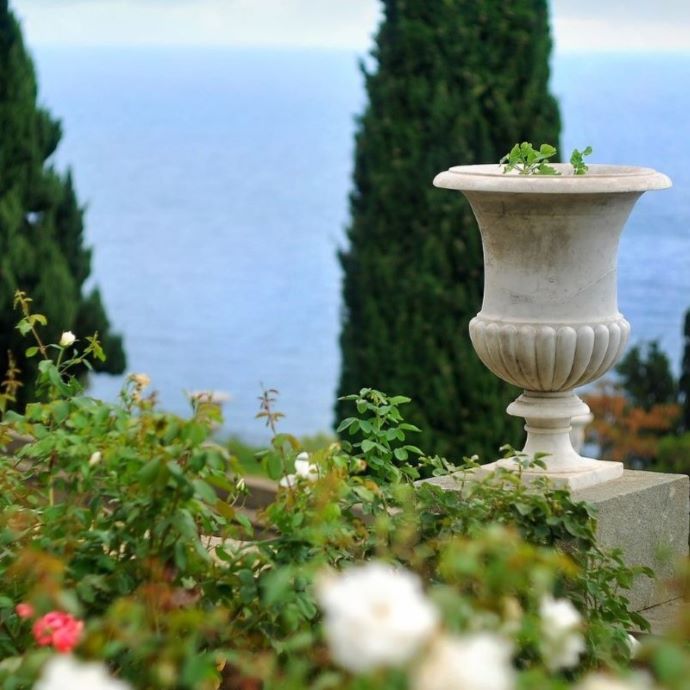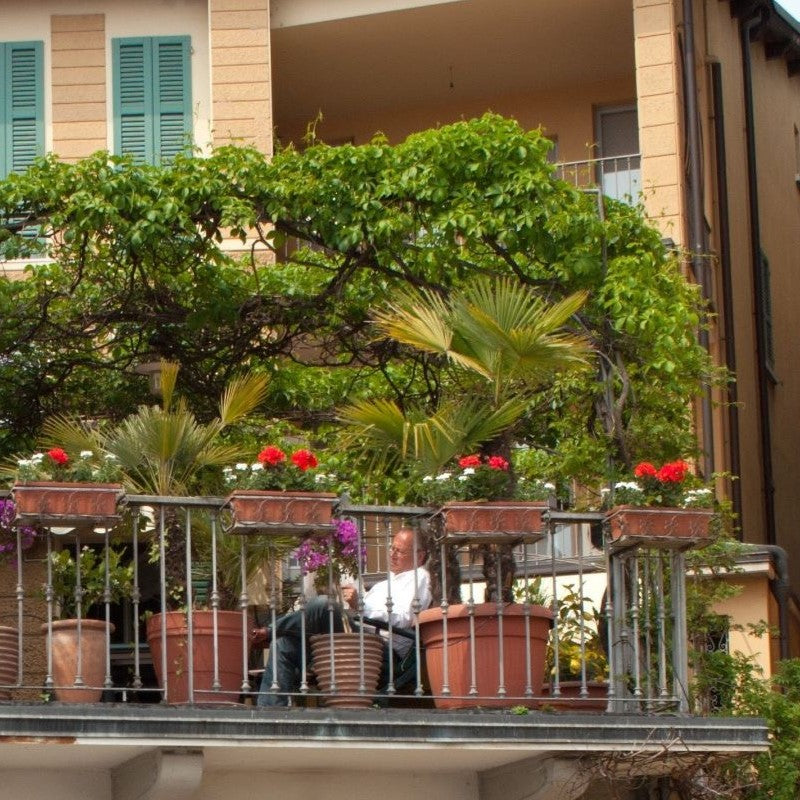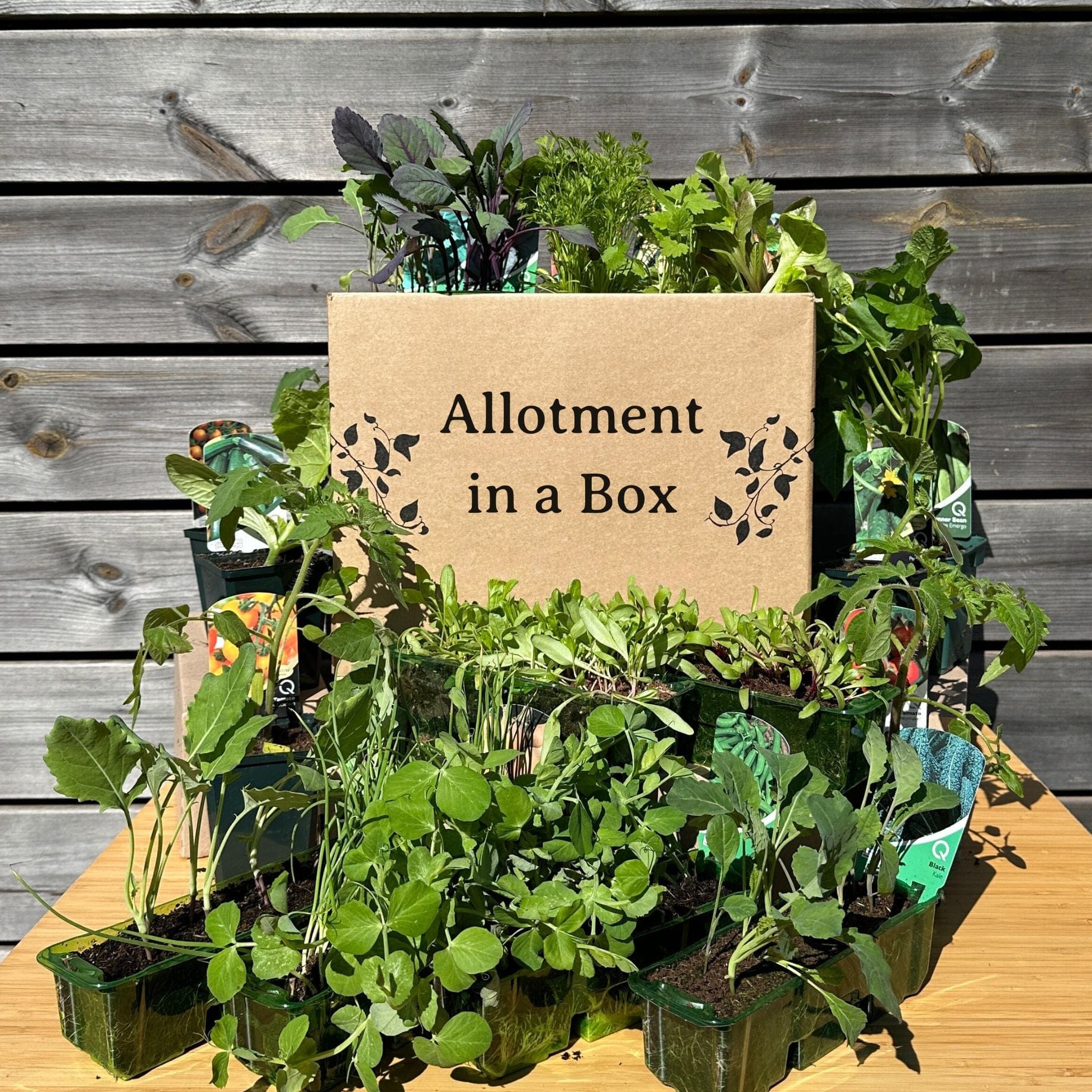Advice & Inspiration
Raised Bed Planting Ideas

The raised bed is one of horticulture’s great inventions. Quite literally elevating the humble flower bed, raised beds are ideal for areas with poor-quality soil, helping to improve drainage and often reducing the risk of weeds (when properly managed). Add to that the fact they look great and you begin to understand just why these boxes-with-soil are so appealing. In this post, we’ll be unearthing what makes a good raised bed and exploring various raised bed planting ideas, including the plants that grow well in them and, just as importantly, the plants that don’t.
Jump to:
- Design guide
- Fruit and veg beds
- Perennial beds
- Which plants do well in raised beds?
- Which plants don't do well in raised beds?
Design guide for raised beds
If you want to make your own raised bed, you’ll need a few things. First, you’ll need your material to form the frame of the bed; timber is typically used – most often in the form of railway sleepers – however you could also use paving slabs, bricks, metal or even recycled plastic. For the purposes of this post, however, we’ll be referring to beds made from timbers. In terms of filling your raised bed, a mixture of topsoil (50%), compost (30%) and organic matter like well-rotted manure (20%) is best.
You’ll also need a spirit level to ensure your bed is flat, a drill and heavy-duty coach screws, as well as a rubber mallet to help knock the timbers more firmly into place once screwed in. If you’re making a raised bed deeper than half a metre, then you’ll also benefit from adding some rubble to improve drainage. You may also want to use a waterproof liner if you’re making your bed from timbers, as this will help them last longer (treating your timbers with something like beeswax or linseed oil can also help prevent the timbers from decaying).

Raised fruit and vegetable beds
One of the most common uses for raised beds is to grow fruit and vegetables. Raised beds can improve drainage and therefore mitigate against winter waterlogging, something which is particularly useful for perennial vegetables (like asparagus and artichokes). If mobility is an issue, then raised beds can also make it easier to gather your produce come harvest time, removing the need for so much bending down.
Other fruit and vegetable plants to consider growing in a raised bed include leafy greens, root vegetables and bean and pea plants from the veg side of things, and raspberries, blackberries, apples, cherries and plums on the fruit front. Raised beds comprise looser, less compacted soil with better drainage, and this aids in better root development for many plants.

Raised beds for perennials
Alongside fruit and veg beds, you can also use your raised bed to grow perennials – a nice option is creating a raised bed purely for cut flowers that you can use to create nice bouquets year after year. Herbaceous perennials like peonies, delphiniums, aquilegias, echinaceas and agapanthuses can all grow brilliantly in raised beds, providing you with gorgeous cut flowers throughout late spring and summer.

Which plants do best in raised beds?
Certain plants do very nicely in raised beds, and in fact, raised beds can provide a perfect way of controlling the conditions, making it possible to grow plants that might not otherwise be able to grow in the open ground (blueberries, we’re looking at you).
Good raised bed combinations
Our favourite raised bed combination is an ericaceous (acid-loving) fruit bed. Blueberries and cranberries, for instance, need acid soil to thrive, while strawberries can also grow nicely in soil with an acidic pH. Likewise, you can use a deep, spacious raised bed to grow ericaceous plants like rhododendrons, azaleas, camellias and pierises.
You might also want to use your raised bed(s) to showcase annual bedding plants, rotating what you plant every year. Similarly, you could use your raised bed to grow a selection of spring bulbs, such as tulips, crocuses and hyacinths.

Are there any plants that don’t like raised beds?
While many plants grow brilliantly in raised beds, there are some that don’t grow as well. Similarly, there are plants that, while growing nicely enough in raised beds, do so at the expense of any other plants within the bed. Please note that the below does not constitute an exhaustive list.
Mint
Unless you want a bed filled with mint and nothing else, then steer clear of this breath-freshening herb; mint is an incredibly vigorous grower and will quickly dominate your raised bed, crowding out any other plants in the process.

Pumpkins and squashes
Large gourds like pumpkins and squashes can be grown in raised beds, but the problem is they’re just so darn big! Not only do they physically take up a lot of space within the bed, they’re also hungry plants that have the potential to quickly deplete the soil, which might make it a struggle for other plants to grow as well.

Rhubarb
Another plant to watch out for is rhubarb – if you’re solely planting rhubarb in a raised bed, then great, but if not? Well, you might want to think again. Rhubarb leaves are, quite frankly, huge (which is also one of their selling points) and will easily shade out any other plants growing in the bed.

Final thoughts
Raised beds are stylish, practical, increasingly inexpensive and make a fantastic addition to any garden with the space. Whether you want to use your raised bed to grow your own mini kitchen garden or simply want to grow plants you’d otherwise be unable to in the open ground (like blueberries), raised beds can provide a great solution.
While you’re here, make sure to check out our post on kitchen garden ideas, as well as our guide to growing vegetables in pots (raised beds are similar to containers in the sense that they typically dry out more quickly than topsoil in the open ground). Happy planting!



















